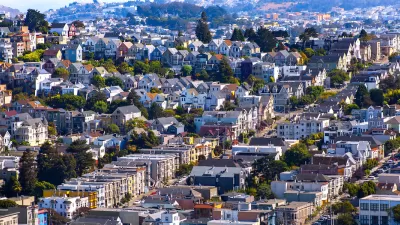Quick population growth is remaking Idaho, but focusing only on raw population numbers masks the demographic changes at work.

“More than a quarter of Idaho’s growing 1.8 million population is new to the state, according to a University of Idaho analysis that uses novel data,” according to an article by KMTV News. The research, by Jaap Vos, professor of Planning and Natural Resources at the University of Idaho, relied on vehicle registration and license surrender data from the Idaho Transportation Department from 2011-2021.
While data from the 2020 U.S. Census largely mirrors Vos’s conclusions, the use of data from the DMV better captures the demographic changes of the community, and in nearly real time, according to Vos. “Using change as a measure,” Vos is quoted in the article, “Idaho’s population is changing faster than Florida’s did in the mid 1990s, even though Florida was the fastest growing state in the nation at that time.”
While the state is growing quickly, it’s losing residents almost as quickly as it’s gaining. “In 2022, Vos found an average of 180 people move into Idaho daily while 137 state residents move out of state.”
“Vos will present his findings as opening speaker at the Idaho Smart Growth Summit on Sept. 1 in Boise,” according to the article.
FULL STORY: University of Idaho: Idaho’s demographics changing at unprecedented rates

Maui's Vacation Rental Debate Turns Ugly
Verbal attacks, misinformation campaigns and fistfights plague a high-stakes debate to convert thousands of vacation rentals into long-term housing.

Planetizen Federal Action Tracker
A weekly monitor of how Trump’s orders and actions are impacting planners and planning in America.

Chicago’s Ghost Rails
Just beneath the surface of the modern city lie the remnants of its expansive early 20th-century streetcar system.

Bend, Oregon Zoning Reforms Prioritize Small-Scale Housing
The city altered its zoning code to allow multi-family housing and eliminated parking mandates citywide.

Amtrak Cutting Jobs, Funding to High-Speed Rail
The agency plans to cut 10 percent of its workforce and has confirmed it will not fund new high-speed rail projects.

LA Denies Basic Services to Unhoused Residents
The city has repeatedly failed to respond to requests for trash pickup at encampment sites, and eliminated a program that provided mobile showers and toilets.
Urban Design for Planners 1: Software Tools
This six-course series explores essential urban design concepts using open source software and equips planners with the tools they need to participate fully in the urban design process.
Planning for Universal Design
Learn the tools for implementing Universal Design in planning regulations.
planning NEXT
Appalachian Highlands Housing Partners
Mpact (founded as Rail~Volution)
City of Camden Redevelopment Agency
City of Astoria
City of Portland
City of Laramie





























